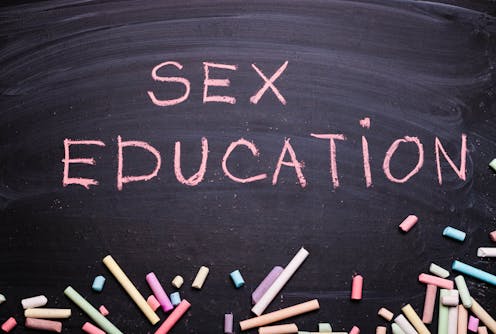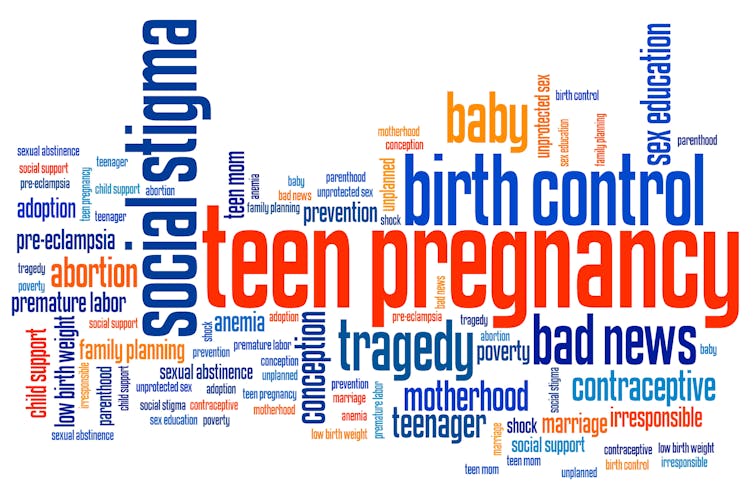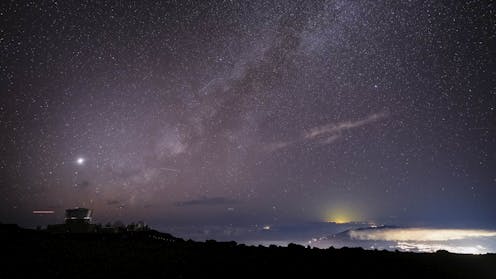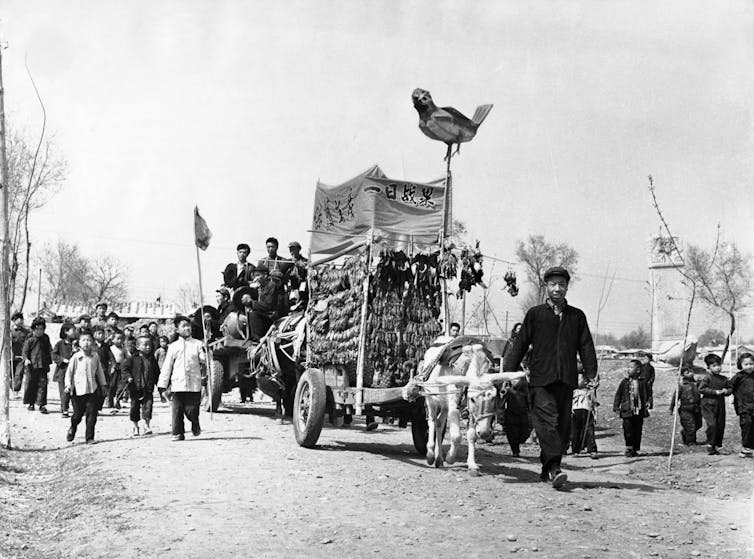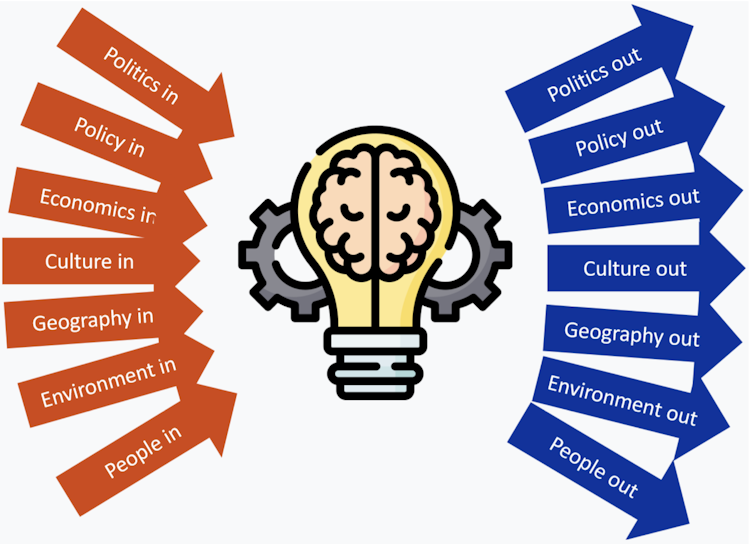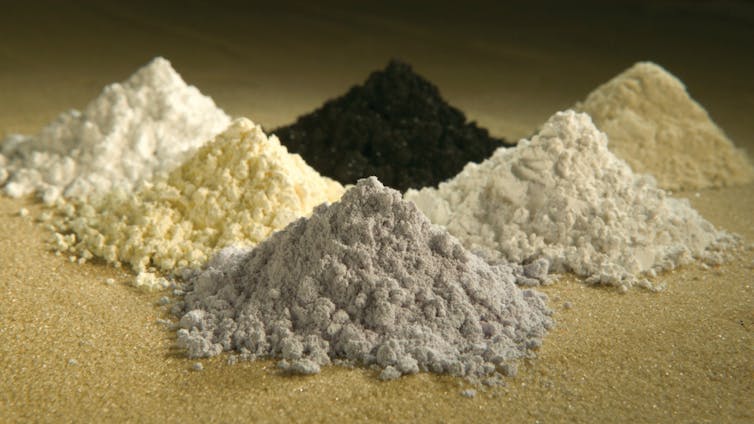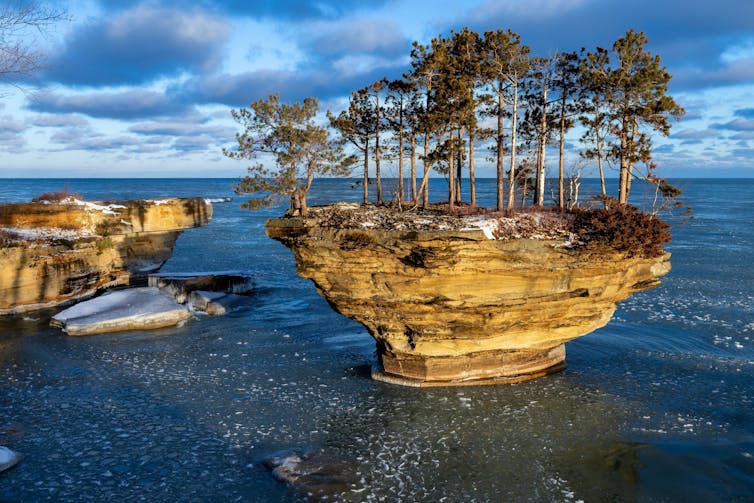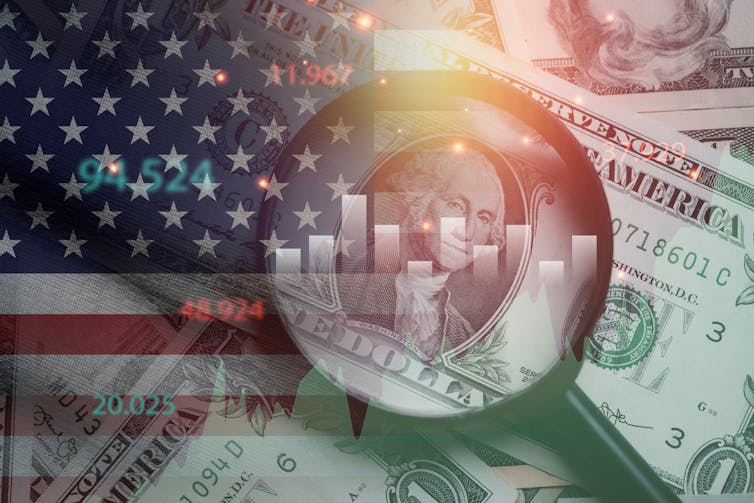Source: The Conversation – Canada – By Eric Wilkinson, Postdoctoral Fellow in Philosophy, University of British Columbia
Tariffs imposed on Canada by the United States have fuelled a surge in nationalist sentiment that played a significant role in the outcome of April’s federal election.
Mark Carney’s new Liberal government has signalled an interest in pursuing nation-building projects that hearken back to an earlier period in Canadian history.
Economic, cultural and social policy in Canada has often served the purpose of building national unity to facilitate cohesion and collective action. But some commentators have cautioned Canadians to dampen their reinvigorated sense of pride in their nation.
Those on the right view Canadian nationalism as an obstacle to neo-liberal economic policies while the left perceives it as irredeemably flawed.
For people on the right, free trade and globalization are thought to produce the best economic outcomes, and nationalism obstructs those outcomes. But those on the progressive left argue that Canada was founded on racist policies and settler colonialism, so nationalism should be rejected because of this original sin.
Read more:
This Canada Day, settler Canadians should think about ‘land back’
What is a nation?
Both perspectives — and the public discussion of Canada’s national identity more generally — remain mired in confusion over the nature of nations. As a political philosopher, I have worked to clear up this confusion by determining what nations are and how they evolve.
In the 19th century, French scholar Ernest Renan outlined a definition of nation that has yet to be improved upon. For Renan, a nation consists of two things: the daily commitment of a people to continue to live and work together and a collective memory of a shared past together.
In contemporary times, Irish social scientist Benedict Anderson described nations as “imagined communities,” since the character of the nation is determined by the limits of the collective imagination of its citizens.
These are subjective definitions of nations because they define national communities in terms of the identification of their members with the community.
There are other, more common objective definitions of a nation involving identity, including shared ethnicity, religion or culture. But these definitions have long been criticized since many national identities transcend ethnicity, religion, culture or any other identity markers.
Nations vs. states
A national community is distinct from a state. The state constitutes the formal political institutions of a society, while the nation is the community of people within that society who view each other as compatriots. This is why the phrase “the people” is often used as a synonym for the national community.
While some nations are stateless, in other cases, multiple nations co-exist within a single state.
In Canada, there is the Québécois nation and many Indigenous nations within the Canadian nation. Although they are distinct, states and their governments will often build national identities around themselves to enable cohesion and collective action. Canada’s national identity was systematically shaped by successive governments — from Confederation onward — to build the society that Canadians live in today.
The character of a particular nation is not fixed.
The beliefs, practices and culture of the people who choose to live and work together can be shaped into anything they collectively decide on. A nation can adopt new values, redefine its membership or have one of its definitive characteristics fade from prominence.
Accordingly, there is no reason to think that moral failings of a national community’s past must compromise it forever. A nation can, and sometimes does, recognize its past failures and become something better.
Patriotism vs. nationalism
A distinction is sometimes drawn between “patriotism” and “nationalism,” with the most famous being made by English social critic and novelist George Orwell.
For Orwell, patriotism is devotion to a particular way of life without the desire to force it on other people, while nationalism denotes an impulse to seek power for one’s nation. Patriotism, then, is a benign, ethical form of partiality to one’s nation.
Other thinkers have sought to explain how national identities and communities can be cultivated in an ethical way, described by Israeli philosopher Yael Tamir as “liberal nationalism.”
The liberal nationalist, according to Tamir, seeks to construct a national identity that adopts the correct ethical values. They hope to harness the energy of nationalism to build a nation committed to liberty, inclusivity and progress.
In 1867, George-Étienne Cartier described the Canadian identity that he and the other Fathers of Confederation sought to create as a “political nationality.” He viewed Canadian identity as being defined by shared principles rather than language or ethnicity.
More than 150 years later, political theorist Michael Ignatieff made a similar distinction between ethnic and civic nationalism. In an ethnic nation, citizens identify with each other because they belong to the same ethnic, religious or cultural community. Meanwhile, in a civic nation, the people unite behind certain civic principles, like a commitment to democracy.
Cartier’s concept of a political nationality was crucial to making sense of the political experiment that was Confederation. Having mostly abandoned their efforts to assimilate the French-Canadians, the British settlers in North America would now join with them to build a new national identity instead.
Reshaping Canadian identity
In his recent book, historian Raymond Blake explains how Canada’s post-Second World War prime ministers, through their speeches and public statements, reshaped Canada’s national identity.
Read more:
40 years later: A look back at the Pierre Trudeau speech that defined Canada
Up through Louis St-Laurent, various prime ministers would refer to the “deux nations” origin of Canada as inspirational. British and French settlers had come together despite their differences to build a new society together, they pointed out.
As time went on, it became clear this definition of Canada’s national identity wasn’t nearly inclusive enough, making no mention of Indigenous Peoples.
The multicultural character of Canadian society was increasingly acknowledged by the government and Canadians at large until it was central to Canada’s identity. Canada’s national narrative has been reframed in recent years to recognize Indigenous Peoples as one of the three founding pillars of Canadian society. This evolution exemplifies exactly the change citizens should expect in a national community.
This transformation in Canadian national identity shows that national communities can change over time — including, perhaps, in response to U.S. President Donald Trump’s threats against Canada.
In the end, Canadians decide what sort of nation they want to inhabit. Canada’s political nationality has proven more resilient than even some of its founders might have anticipated, but not for lack of effort. There will always remain the work of building a better nation — and it’s work worth doing.
![]()
Eric Wilkinson does not work for, consult, own shares in or receive funding from any company or organisation that would benefit from this article, and has disclosed no relevant affiliations beyond their academic appointment.
– ref. How Canadian nationalism is evolving with the times — and will continue to do so – https://theconversation.com/how-canadian-nationalism-is-evolving-with-the-times-and-will-continue-to-do-so-259352

